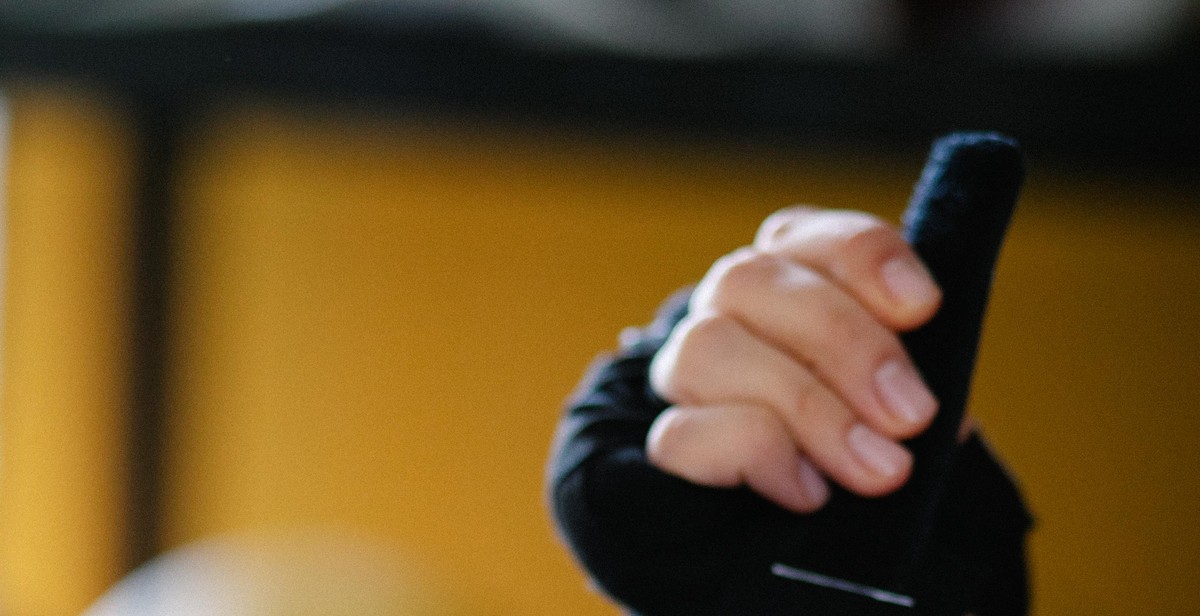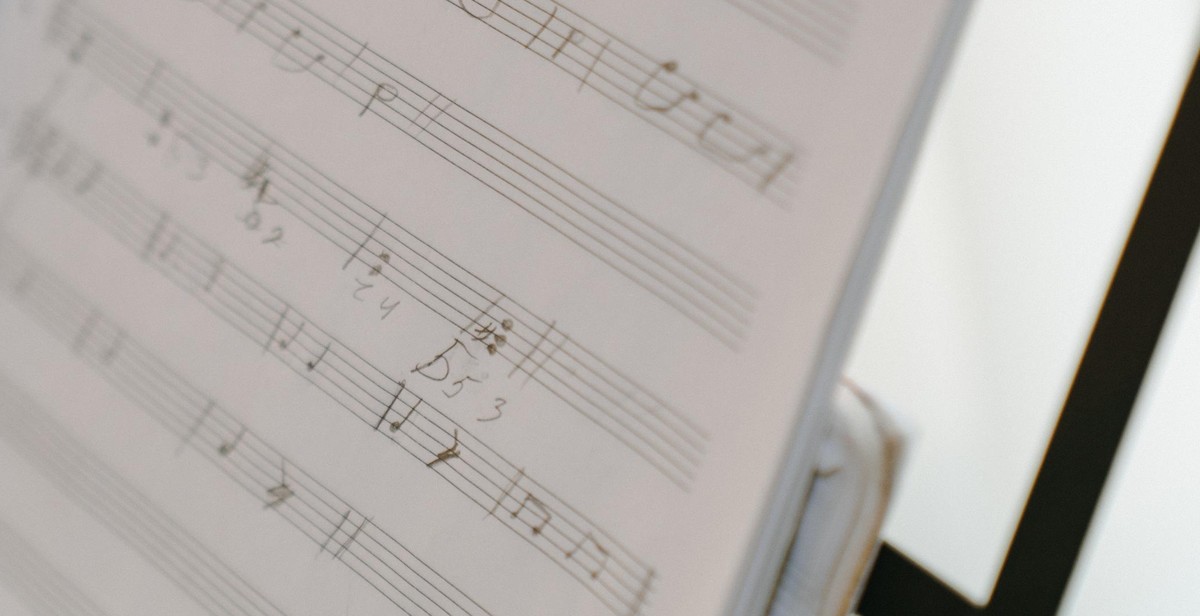How to Play the Bongos: Beginner’s Guide to Hand Techniques and Rhythms
Learning how to play the bongos can be a fun and rewarding experience for anyone interested in music. The bongos, a type of hand drum, originated in Cuba and have since become a popular percussion instrument in many genres of music, including Latin, jazz, and rock.
Hand Techniques
Before diving into specific rhythms, it’s important to understand the basic hand techniques used in playing the bongos. The most common techniques are:
- Open tone: striking the center of the drumhead with the fingertips for a clear and resonant sound
- Muffled tone: placing the palm of the hand on the drumhead while striking it with the fingertips for a muted sound
- Slap: striking the edge of the drumhead with the fingertips for a sharp and percussive sound
Rhythms
There are countless rhythms that can be played on the bongos, but some of the most common include:
- Guaguancó: a lively Cuban rhythm often used in salsa music
- Son: a slower Cuban rhythm often used in traditional music
- Rumba: a complex and improvisational Cuban rhythm
Getting Started
If you’re interested in learning how to play the bongos, there are many resources available to help you get started. Consider taking lessons from a professional instructor, watching online tutorials, or practicing with a friend who already knows how to play.
| Pros | Cons |
|---|---|
| Easy to transport and play anywhere | Requires practice to develop proper technique |
| Can be played alone or in a group | May not be suitable for all types of music |
| Relatively inexpensive compared to other instruments | May require tuning or maintenance over time |
No matter how you choose to learn, with practice and dedication, you can become a skilled bongo player and add a unique and exciting element to your musical repertoire.

Bongo Drums: A Brief History
Bongo drums, also known as bongos, are a percussion instrument that originated in Cuba in the late 19th century. They are typically played in pairs and consist of two small drums, one slightly larger than the other, attached to each other.
Origins
The bongo drums have African roots, brought to Cuba by slaves in the 1800s. They were originally used in religious ceremonies and rituals, but later became popular in Cuban music, particularly in the genres of son and rumba. The bongos were also incorporated into jazz and Latin American music in the United States during the 1930s and 1940s.
Construction
Bongo drums are typically made from wood or fiberglass, with animal skin or synthetic drumheads stretched over the top. The smaller drum, known as the macho, is typically played with the dominant hand and the larger drum, known as the hembra, is played with the non-dominant hand. The drums are usually held between the knees or placed on a stand.
Playing Techniques
Bongo drums are played using a variety of hand techniques, including open tones, closed tones, slaps, and muffled tones. The open tone is played by striking the drumhead with the fingertips, producing a clear and resonant sound. The closed tone is produced by striking the drumhead with the full hand, producing a muted sound. The slap is produced by striking the drumhead with the fingers and palm, producing a sharp and high-pitched sound. The muffled tone is produced by placing the hand on the drumhead after striking it, producing a muted sound.
Popularity
Bongo drums are a popular instrument in a variety of genres, including Latin American music, jazz, and world music. They are often used in ensembles with other percussion instruments, such as congas and timbales, and are also used in solo performances. Bongo drums have been played by many famous musicians, including Desi Arnaz, Tito Puente, and Carlos Santana.
| Pros | Cons |
|---|---|
| Easy to transport | May be difficult for beginners to play |
| Versatile in different music genres | May not be suitable for all types of music |
| Fun and exciting to play | May require additional equipment, such as stands and cases, for optimal performance and protection |

Hand Techniques
Playing the bongos requires specific hand techniques to produce the desired sound and rhythm. These techniques involve the use of different hand positions and rolls. In this section, we will discuss the basic hand positions and rolls used in playing the bongos.
Basic Hand Positions
The hand positions used in playing the bongos are crucial in producing the right sound. The two basic hand positions are the open tone and closed tone.
- Open Tone: To produce an open tone, place your non-dominant hand on the bongo’s larger drumhead, while your dominant hand strikes the drumhead with the fingertips. The fingers should be held together and slightly curved, with the thumb resting on the index finger. The open tone produces a clear and resonant sound.
- Closed Tone: To produce a closed tone, place your non-dominant hand on the bongo’s larger drumhead, while your dominant hand strikes the drumhead with the fingertips. The fingers should be held together and flat, with the thumb resting on the side of the hand. The closed tone produces a muted and dull sound.
Rolls
Rolls are a series of rapid and continuous strikes on the bongo drums. The two basic rolls used in playing the bongos are the finger roll and the heel-toe roll.
- Finger Roll: To execute a finger roll, start with an open tone and then quickly alternate between the open and closed tones using the fingertips. The finger roll produces a fast and crisp sound.
- Heel-Toe Roll: To execute a heel-toe roll, start with a closed tone and then quickly alternate between the closed and open tones using the heel of the hand and the fingertips, respectively. The heel-toe roll produces a complex and rhythmic sound.
| Hand Technique | Description | Sound Produced |
|---|---|---|
| Open Tone | Strike the drumhead with the fingertips held together and slightly curved. | Clear and resonant |
| Closed Tone | Strike the drumhead with the fingertips held together and flat. | Muted and dull |
| Finger Roll | Alternate between the open and closed tones using the fingertips. | Fast and crisp |
| Heel-Toe Roll | Alternate between the closed and open tones using the heel of the hand and the fingertips, respectively. | Complex and rhythmic |

Rhythms
Learning the basic rhythms is essential for any beginner bongo player. Once you have mastered these, you can move on to more advanced rhythms.
Basic Rhythms
There are several basic rhythms that every bongo player should know. These include:
- Single Stroke Roll: This is the most basic bongo rhythm. It involves alternating between the high and low bongo with a single stroke on each hand.
- Double Stroke Roll: This rhythm is similar to the single stroke roll, but involves playing two strokes on each hand before switching to the other bongo.
- Open Tone: This rhythm involves striking the high bongo with the fingertips of your dominant hand, producing a high pitched sound.
- Slap Tone: This rhythm involves striking the high bongo with the palm of your hand, producing a deeper, more resonant sound.
- Muffled Tone: This rhythm involves striking the bongo with the fingertips of your non-dominant hand, while simultaneously dampening the sound with your dominant hand.
Advanced Rhythms
Once you have mastered the basic rhythms, you can move on to more advanced rhythms. These include:
- Cascara: This is a complex rhythm that involves playing a series of open tones, slaps, and muffled tones on the high bongo, while simultaneously playing a steady rhythm on the low bongo.
- Guaguancó: This is a traditional Cuban rhythm that involves playing a series of open tones, slaps, and muffled tones on both bongos, while also incorporating various syncopated rhythms.
- Rumba: This is another traditional Cuban rhythm that involves playing a series of open tones, slaps, and muffled tones on both bongos, while also incorporating various polyrhythms.
Practice these rhythms slowly and gradually increase your speed as you become more comfortable with them. Remember to keep your hands loose and relaxed, and to use your wrists to produce the different sounds.
| Rhythm | Description |
|---|---|
| Single Stroke Roll | Alternating between the high and low bongo with a single stroke on each hand. |
| Double Stroke Roll | Playing two strokes on each hand before switching to the other bongo. |
| Open Tone | Striking the high bongo with the fingertips of your dominant hand, producing a high pitched sound. |
| Slap Tone | Striking the high bongo with the palm of your hand, producing a deeper, more resonant sound. |
| Muffled Tone | Striking the bongo with the fingertips of your non-dominant hand, while simultaneously dampening the sound with your dominant hand. |

Conclusion
Bongo playing is a dynamic and exciting way to add rhythm to your music. With the right technique and practice, you can master the art of bongo playing and impress your audience with your skills. Remember to start with the basics, learn the different hand techniques, and practice them consistently to build muscle memory.
It’s also important to develop a good sense of rhythm and timing, which you can achieve by listening to and playing along with different music genres. Don’t be afraid to experiment with different rhythms and patterns to create your own unique sound.
When it comes to choosing the right bongos, consider the size, material, and sound quality. You want a set that is comfortable to play and produces a clear and crisp sound.
Finally, be patient and persistent in your practice. With time and dedication, you’ll be able to play complex rhythms and impress your listeners with your bongo playing skills.
- Start with the basics and practice consistently
- Develop a good sense of rhythm and timing by listening to and playing along with different music genres
- Choose the right bongos for your needs
- Be patient and persistent in your practice
By following these tips and techniques, you’ll be well on your way to becoming a skilled bongo player. So grab your bongos and start practicing today!
